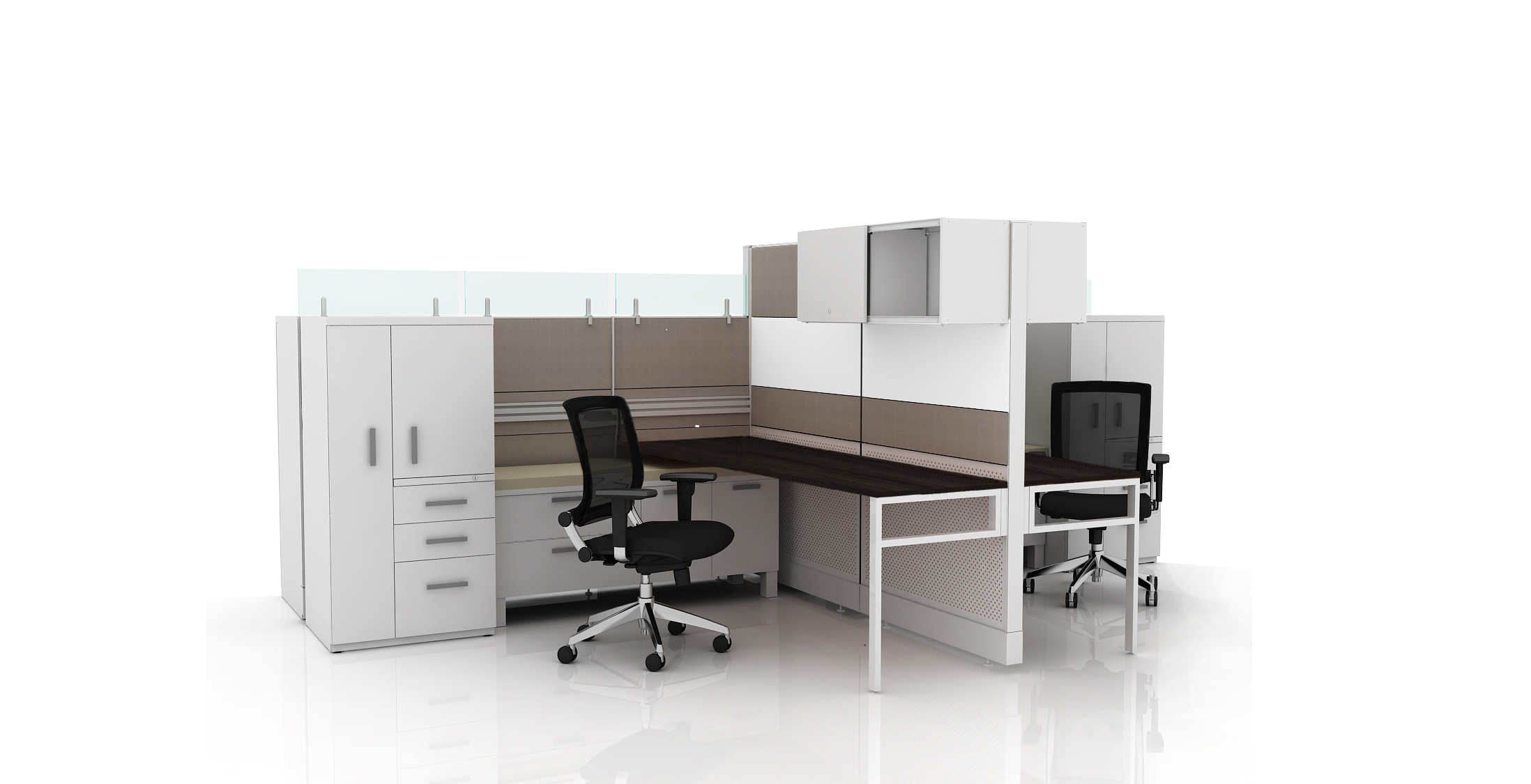Office Relocation: 5 Major Pitfalls to Avoid
So you are thinking about relocating your office. Maybe your business is booming and you need more space (we hope). Maybe the boss is looking for a change of scenery (very common). Or maybe everyone is just tired of the drab carpet and taupe walls (even more common). Either way, relocating an organization can be a little tricky, in a sneaky sort of way – and it’s not until you are living and breathing the move that you realize the potential pitfalls.
Having helped hundreds of companies move their offices over the last 25 years, we have seen it all, from lightening-fast, successful transitions to epic failures. We consistently share our expertise in the office furniture and cubicle industry, and thought it would be helpful to put together a few key mistakes other individuals and companies have made when moving so that you can avoid them.
Best of luck with your move!
Pitfall #1: No Single Point of Contact
Who is in charge of your relocation process? Have you been appointed king or queen of the great migration? If so, does everyone know you’re the grand poobah?
Like all projects in business, office relocation has a lot of moving parts. Everyone in the organization is involved, from Ned in IT to girl in accounting with the squeaky voice. There are paper files, phones, a million cords, and furniture to move, employees to appease, and many other concerns. Without a plan, and someone in clearly in charge of that plan, disorganization can lead to error, added moving time, and operational downtime. Just like with all aspects of business, downtime is unacceptable.
How to Avoid: Your move should be treated like any other business function. Assign a single “operations” manager who is in charge of managing the process. Just like you might name one account manager to a client or one project manager for an important task, make sure you have one person who knows what’s going on with the move at all times. Also, make sure that everyone knows who has been selected as the point person. This can ensure that questions are answered and everyone is on the same page so the move is executed quickly and efficiently the first time.
Pitfall #2: Being Shortsighted
Many businesses struggle to plan for holiday parties let alone 12-month growth. When deciding to move an office, people just take measurements, count the number of cubicles, offices, printers, and chairs they currently have, and start looking for new space that will fit it all. When they sign their new lease, it’s only enough space for today’s needs. Go figure.
Sometimes organizations even start hiring during the moving process, not taking this into consideration before relocating. The result? You can run out of space very quickly and waste more time and money scrambling for space.
How to Avoid: Consider the following: Will you be planning to hire people, secure new clients, or develop new partnerships in the next 12 months? The answer is probably yes – so plan for expansion. Adding personnel and new business will create needs for cubicles, desks, office space, cabinets, and other furniture, at the very least. Now is the time to plan for expansion – so you don’t have to go through this process again in three months.
Pitfall #3: Bringing Paper Baggage
Many companies do not clean and condense beforehand – especially paper files. They quickly box everything up, pay oodles of dollars to move the documents, and figure out a place to store everything in the new location. Why? Going through filing cabinets is Excel-sheet-formula-calculation-tedious, and there aren’t enough interns to go around.
How to Avoid: Build time into the move to allow paper files to be reviewed and discarded and recycled when warranted. Assign team leaders to go through different paper assets, such as internal accounting documents and client files. Break up the task so it’s not only on a few people’s shoulders. Depending on your industry and budget, you could also consider converting paper documents to secure electronic files. Look at this office move as an opportunity to free your organization of unneeded paper baggage, avoid the cost of moving trash, and establish a leaner workspace.
Pitfall #4: Bringing Furniture Baggage
When searching for office space, it’s easy to get excited about new styles, paint colors, and carpet. This is the fun part. But the tripwire lies in forgetting to consider how current furniture will look in the new location. Many organizations find out that their cool new office décor doesn’t match their drab old furniture. So in addition to paying to move the old furniture, they may have to pay to move it again once new furniture arrives.
How to Avoid: Take pictures of your office furniture and bring them with you when searching for the new environment. If you really like your current furniture, consider asking your new landlord about changing paint colors and carpet type so it matches. At the very least, decide whether you will bring your furniture to the new location so you don’t waste money. If you decide to purchase new furniture, you may be able to sell your old chairs, desks, and cubicles, donate the items, or even give some to your employees. (If you decide to give furniture to your employees, look into having them sign a waiver releasing the company of responsibility. Your legal team will be able to help.)
Pitfall #5: Rushing the Job
Moving an office requires significant man-hours and may be someone’s full-time job for a period of time. From employee communication to phone systems to computers and printers, there is substantial coordination needed to ensure a successful move. Many times organizations substantially underestimate time requirements. They want to move faster than Speed Racer, but don’t want to spend time building an engine.
How to Avoid: Develop a move checklist and timeline – and build in at least a 5-office day buffer. Work with key stakeholders within the organization and delegate tasks related to furniture, IT services, notifying employees, and cleaning and trash removal. Also, be sure to take an inventory of everything in your office that will be moved to the new location so you can make sure everything arrives.






